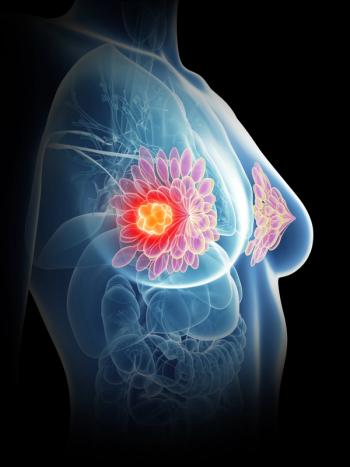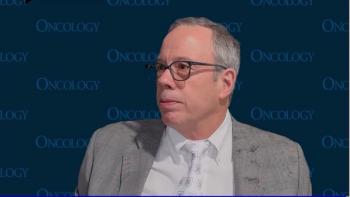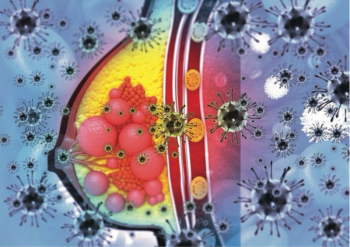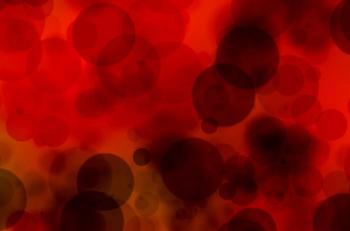
USPSTF Supports Low-Dose CT Lung Screening in Draft Recommendation
Based largely on evidence from the NLST, the USPSTF recently issued a draft recommendation for annual lung cancer screening using low-dose CT in high-risk individuals.
Based largely on evidence from the large National Lung Screening Trial (NLST), the US Preventive Services Task Force (USPSTF) recently issued a draft recommendation for annual lung cancer screening using low-dose computed tomography (CT) in individuals considered at high risk based on age and smoking history. This would update the 2004 USPSTF recommendation that there was insufficient evidence for or against screening in asymptomatic people.
“The personal and public health consequences of lung cancer are enormous, and even a small benefit from screening could save many lives,” wrote authors led by Linda L. Humphrey, MD, MPH, of Oregon Health and Science University in Portland, in a
That paper found four clinical trials that reported results of low-dose CT screening in patients with smoking exposure history; three of those trials were smaller European studies that showed no benefit to screening. The large NLST, though, found a 20% reduction in lung cancer and a 6.7% reduction in all-cause mortality with low-dose CT screening vs chest radiography among more than 53,000 participants.
The
The draft asserts that evidence from the NLST suggests a “substantial net benefit in high-risk persons ages 55-79 years” who have at least 30 pack-years of smoking history and no more than 15 years since smoking cessation. Modeling has shown that starting a screening program at 55 and ending it at 80 years of age will result in discovery of about half of all lung cancer cases at an early stage. “This screening protocol would result in a 14% reduction in lung cancer mortality, or an estimated 521 lung cancer deaths prevented per 100,000 persons in the population,” the draft authors wrote. The estimated harm associated with such a low-dose CT screening program would be an overdiagnosis rate of about 4% and radiation-induced lung cancer deaths of less than 1%.
“Sadly, nearly 90% of people who develop lung cancer die from the disease, in part because it often is not found until it is at an advanced stage,” said Task Force chair Virginia Moyer, MD, MPH, in a
Newsletter
Stay up to date on recent advances in the multidisciplinary approach to cancer.

















































































